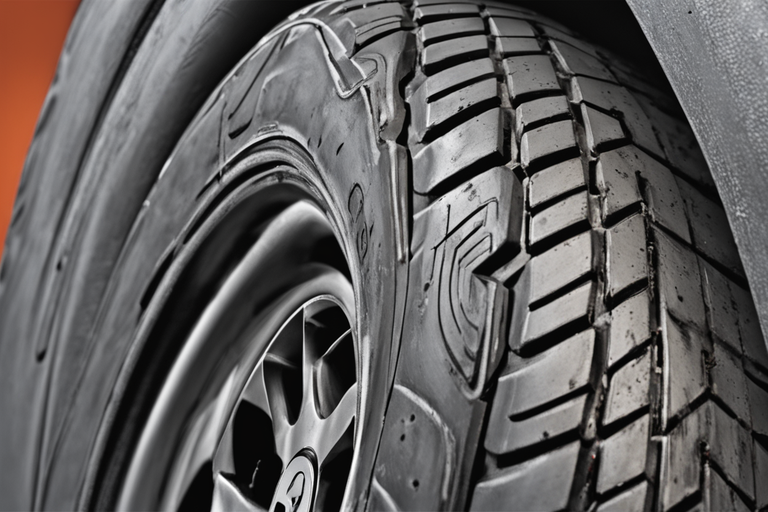Introduction
When it comes to road safety, one often-overlooked component of your vehicle can make all the difference: your tire treads. Tread depth measurement is a vital aspect of tire maintenance that ensures your tires have the necessary grip on the road to keep you safe. In this article, we’ll delve into the importance of tread depth measurement, its role in maintaining traction, and why it’s crucial for every vehicle owner.
Understanding Tread Depth Measurement
Before we explore why tread depth measurement is essential, let’s first understand what tire treads are and how their depth is measured.
- Tire Treads: Treads are the patterned grooves on the surface of your tires. They serve a crucial purpose by channeling water away from the tire to prevent hydroplaning and providing grip on the road.
- Tread Depth: Tread depth is the vertical measurement from the top of the tread to the bottom of the tire’s grooves. It’s usually measured in millimeters (mm) or inches (in) and determines the tire’s ability to maintain traction.
The Importance of Tread Depth Measurement
- Traction on the Road: Tread depth measurement is all about ensuring your tires have the necessary traction to grip the road. Tires with adequate tread depth can effectively displace water, snow, or mud, reducing the risk of skidding or loss of control in adverse weather conditions.
- Preventing Hydroplaning: Adequate tread depth is crucial for preventing hydroplaning, a situation where your tires lose contact with the road’s surface due to a layer of water. Tread grooves help evacuate water from beneath the tire, allowing it to maintain contact with the road.
- Enhanced Handling: Tires with sufficient tread depth provide better handling and cornering capabilities, ensuring you can navigate safely through turns and maintain control in emergency situations.
- Longer Tire Life: Regular tread depth measurements can help identify uneven wear patterns or alignment issues. Addressing these problems promptly can extend the lifespan of your tires, saving you money on replacements.
How is Tread Depth Measured?
Tread depth is typically measured using a tread depth gauge, a simple tool that provides an accurate reading of the depth of the tire’s grooves. It’s a straightforward process that involves placing the gauge in the tire’s grooves and reading the measurement displayed.
When to Measure Tread Depth
It’s essential to know when to measure your tire tread depth. Here are some guidelines:
- Regularly: Make it a habit to measure your tire tread depth regularly, especially before long trips or during seasonal changes. This can help you detect wear and tear early.
- When Buying Used Tires: If you’re purchasing used tires, always check the tread depth to ensure you’re getting safe and reliable tires.
- As Part of Routine Maintenance: During routine vehicle maintenance, ask your mechanic to measure the tread depth. They can also check for signs of uneven wear that might indicate alignment issues.
Conclusion
In conclusion, tread depth measurement is a crucial aspect of vehicle maintenance and road safety. Adequate tread depth ensures that your tires can effectively grip the road, prevent hydroplaning, and provide responsive handling. By conducting regular measurements and addressing issues promptly, vehicle owners can enhance their safety, reduce the risk of accidents, and extend the lifespan of their tires. Remember, your tire treads are your connection to the road, and maintaining their depth is not just about safety; it’s about ensuring a smooth and sure-footed driving experience on every journey.

